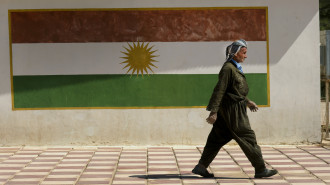Who did what to defeat the Islamic State group
This infamous entity, declared by IS leader Abu Bakr al-Baghdadi following the group's capture of Iraq's second city Mosul in June 2014, is finally destroyed.
While this does not mean IS as a group is fully destroyed it is still a major defeat.
Given the multitude of nations and groups that contributed to its defeat, it is an apt time to evaluate the significance of the roles each played:
The United States-led coalition
Shortly after the United States began its military campaign against IS in August 2014, then US Secretary of State John Kerry announced the formation of a large multinational coalition to combat the group.
While this coalition of European and Arab nations seemed impressive on paper, a few countries dedicated large military resources to the fight. The US carried out the vast majority of the 30,000+ coalition airstrikes against IS in both Iraq and Syria.
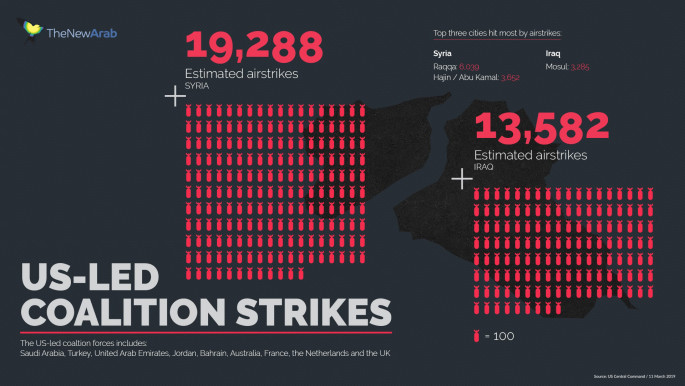 |
|
The only other noteworthy coalition member to lift its weight was France, which, aside from routinely bombing the group in both Iraq and Syria, also dedicated ground forces to bolster the fight against IS remnants in eastern Syria in recent months.
Coalition airstrikes gave ground allies fighting IS an edge over the group, which obviously had no comparable technological ability. However, in the process of doing so, they also contributed to the destruction of large swathes of the cities the group annexed into its self-styled caliphate.
Many European nations, to their credit, also sent military trainers to help both train and equip the Iraqi Security Forces [ISF] and the Iraqi Kurdish Peshmerga.
Other Arab coalition states launched a few airstrikes against IS in Syria in the early days of the air campaign but did little else. Although Saudi Arabia, for example, made a gesture by providing $100 million of aid to northeast Syria last August it has overwhelmingly focused its resources on its military campaign in Yemen, which began in early 2015, rather than on helping to combat IS.
The Syrian Kurds/SDF
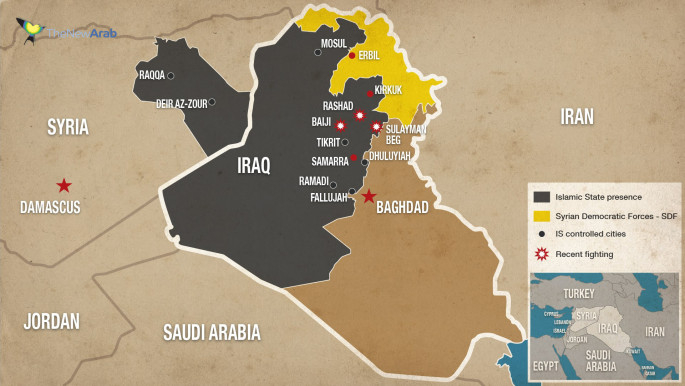 |
|
The Syrian Kurdish-led forces were certainly the most significant ground force to combat IS. The Kurdish People's Protection Units [YPG] dealt the group its first decisive defeat. In the fall of 2014 when IS ruthlessly besieged the Syrian Kurdish border city of Kobane, the YPG fought them on almost every street and in every building and finally, with US-led coalition air support, broke the group's siege in January 2015.
 |
The Syrian Kurdish-led forces were certainly the most significant ground force to combat IS |  |
Kobane at that time was dubbed by some, including this author, as the Islamic States' Stalingrad. In retrospect, it was to a great extent since IS was primarily, especially in Syria, forced to maintain a defensive posture and never proved capable of undertaking any more major genocidal offensives of the kind it waged in the summer of 2014.
In October 2015, the YPG merged with several other anti-IS groups and formed the Kurdish-Arab Syrian Democratic Forces [SDF] alliance. This group expanded and routed IS from the northwestern Syrian city of Manbij, in a brutal and costly battle for its forces that lasted throughout the summer of 2016, and then from its de-facto capital-city of Raqqa in October 2017.
The SDF then moved on to remove the group from several of its redoubts in Syria's enormous eastern province of Deir az-Zour culminating in the March 23 announcement that the caliphate was finally history.
No other force on the ground in Syria came close to matching the dedication and the sacrifices the SDF/YPG made to roll back IS's advances and ultimately destroy the tyrannical entity it imposed over almost a third of Syria.
Approximately 11,000 SDF fighters gave their lives in order to do so.
The Iraqi Security Forces and the Popular Mobilization Units
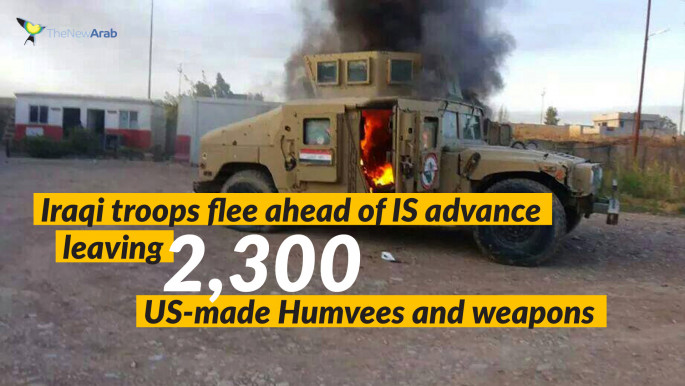 |
|
IS declared its caliphate in June 2014 after achieving a major victory against the Iraqi Security Forces [ISF]. The group itself seemed taken aback by its rapid success. In a matter of days, it captured almost one-third of Iraq, most notably the country's second city Mosul.
It succeeded in doing so primarily because Iraqi troops, which vastly outnumbered and outgunned IS, fled ahead of the group's advances, even leaving their weapons and hardware, including 2,300 US-made Humvees behind.
This was a shocking development in light of the fact that billions of dollars had been spent in training and supplying hardware for the ISF and it simply folded at the first sign of trouble. It took some time for it to recover and regain the offensive.
In April 2015, with coalition air support, the ISF recaptured Tikrit from IS, a much-needed victory after a series of major setbacks. Just as it seemed to be regaining the initiative, however, Iraq then completely lost Ramadi, the provincial capital city of the western Anbar province, to the group in May 2015. This was another significant and embarrassing setback for Baghdad a whole 11 months after the Mosul fiasco.
By the end of 2015, Iraq mustered enough resources, again with close coalition air support, to reclaim Ramadi in a campaign that destroyed most of the city. The following summer it reclaimed the Anbar city of Fallujah and in October 2016 began its major operation to recapture Mosul itself.
In July 2017 Mosul, the crown jewel of IS's caliphate and largest city the group ever captured, was recaptured by the ISF.
 |
In July 2017 Mosul, the crown jewel of IS's caliphate and largest city the group ever captured, was recaptured by the ISF |  |
Iraqi Prime Minister Haider al-Abadi declared victory over IS in Iraq in December 2017. This proved to be a premature announcement given the fact that IS remnants have continued to wage various deadly attacks in northern Iraq.
Read also: Comment : Is it time to consider a more federalised Iraq?
During the tumultuous summer months of 2014 Iraqi paramilitaries called the Popular Mobilization Units [PMU] arose to defend the rest of the country in light of that abysmal failure of the ISF. The group, which consisted primarily of Shia militias, participated in several battles against IS.
The PMUs certainly deserve credit for standing firm when the ISF infamously withdrew in June 2014. Their subsequent presence in Sunni-majority parts of Iraq such as Kirkuk and Nineveh, on the other hand, raised fears that they could end up creating more destabilising sectarian tensions. This was one reason why Baghdad agreed to forbid them from participating in the vitally important battle to remove IS from Mosul.
The Kurdish Peshmerga
The Peshmerga forces of Iraqi Kurdistan were an important force for defending both their autonomous region and the disputed territories between that region and Baghdad, most notably Kirkuk. During the infamous events of June 2014 Iraqi troops abandoned Kirkuk. The Peshmerga, on the other hand, remained and defended the oil-rich region from multiple IS attacks, including a major IS infiltration of the city in October 2016.
Although the Peshmerga did sporadically clash with IS beforehand, Iraqi Kurdistan did not initially go to war with IS in June 2014. That changed when it was directly attacked two months later.
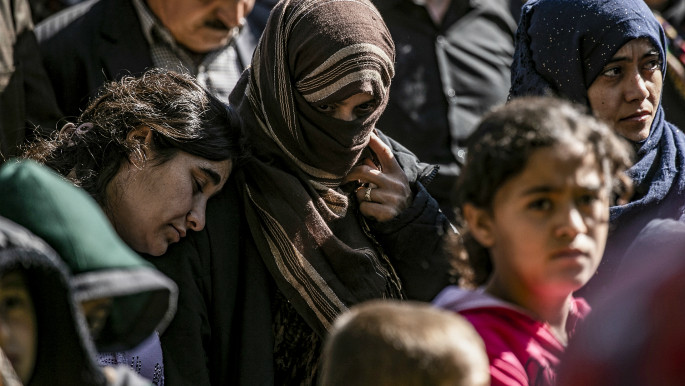 |
|
| Read also: Why Iraq's courts aren't recognising IS crimes against the Yazidis |
In Sinjar IS subjected the Yazidi community to a campaign of genocide. The group also briefly the upper hand over the Peshmerga and advanced to mere kilometres away from the autonomous region's capital city Erbil.
This prompted the US military intervention and the beginning of the US-led coalition's war against IS.
The Peshmerga quickly rebounded after this initial setback and defended the region along a lengthy front. In November 2015 the Peshmerga, with coalition air support, liberated Sinjar city from IS. In 2016 the Kurdish forces also secured several routes to and around Mosul, permitting the ISF to launch their campaign to liberate the key city.
Compared to the ISF the Peshmerga was an extremely modestly equipped force. The few heavy weapons it had were antiquated, mostly vintage Soviet-made T-55 and T-62 tanks, and in far fewer numbers than those in the ISF's arsenal, which included about 140 American-made M1 Abrams main battle tanks. Despite this, they held their ground throughout most of the war and paved the way for the liberation of Mosul.
Turkey
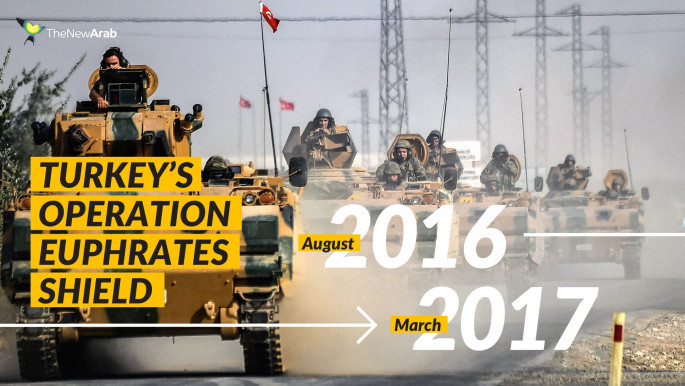 |
|
Ankara came late to the fight against IS. It initially refused to work with the US coalition when it began bombing IS in Syria. It even forbade the US from using its strategically-important Incirlik Airbase in southeast Turkey, which meant that coalition warplanes had to fly over 1,000 extra kilometres, about ten times as far in other words, to bomb IS targets in Syria.
Also, during IS's simultaneous siege of the Syrian Kurdish border city of Kobane, which began in September 2014, Turkey closed the border, believing an IS victory to be imminent. After the tide turned in favour of the Kurds Ankara permitted Iraqi Kurdish Peshmerga troops to transit its territory to help break the IS siege.
Turkey's primary concern in Syria is the YPG, which is indistinguishable in Ankara's eyes from its arch-enemy, the Kurdistan Workers' Party [PKK].
When Turkey finally joined coalition attacks against IS, in July 2015 almost a year after the campaign began, and finally allowed the coalition to use Incirlik it focused most of its efforts on targeting the PKK. This was in light of the conflict reigniting after a ceasefire reached between it and the group in 2013 collapsed following months of tensions.
Turkey did later intervene directly against IS itself starting in August 2016. That month it launched Operation Euphrates Shield to clear IS from a large swath of northwest Syria. The operation lasted until the end of March 2017, concluding shortly after the lengthy battle to capture the city of Al-Bab, approximately 30-kilometres deep into Syria.
While the operation did remove IS from a significant part of northwest Syria it was also clearly aimed at preventing the YPG from establishing a land corridor linking its primary northeastern Syrian territories to its far-flung isolated northwestern Afrin Canton, which Turkey subsequently invaded in early 2018.
The Syrian regime and Russia
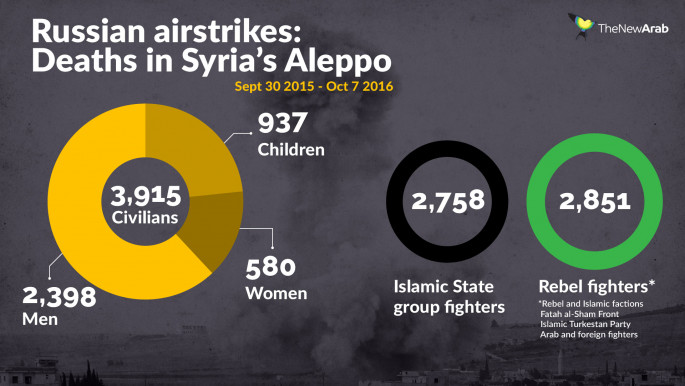 |
|
The Syrian regime initially contributed very little to the fight against IS since it was focused on destroying opposition groups elsewhere in the country.
Raqqa was the first provincial capital city in the entire country Damascus lost complete control over. In August 2014, IS besieged and eventually overran the regime's Al-Tabqa airbase in Raqqa province, its last foothold in that entire province.
Later, in May 2015, IS overran the ancient ruins of Palmyra and infamously used child recruits to execute 25 captured Syrian soldiers.
After the Russian intervention on the side of the regime in September 2015 some military actions were taken against IS. In March 2016, the regime, with Russian support, recaptured Palmyra from IS.
The following May, Russia invited journalists to an event it hosted in Palmyra's ancient Roman amphitheatre, where those aforementioned Syrian soldiers were previously executed, in which the Mariinsky Theatre Orchestra performed.
Read more here: Russian orchestra's memorial for Syrian artefacts, not human lives
In light of this highly publicised event, it was embarrassing for both Damascus and Moscow when IS overran Palmyra for a second time the following December. Both the regime and the Russians managed to recapture it again by March 2017, one year after its first operation there.
In June 2016 pro-regime militias attempted to reestablish a foothold against IS in Raqqa, which aimed to recapture the town of Tabqa, only to be repelled by a devastating IS counter-offensive that left their forces in disarray.
The regime later launched another offensive in late 2017 to reclaim large parts of Deir az-Zour from the group. IS had conquered most of Deir az-Zour province but a Syrian Army garrison managed to hold onto part of the provincial capital, including the airport there, that IS besieged for three years.
By the end of 2017, a Russian-backed Syrian Army offensive managed to relieve the siege and recapture the entire city, regaining a significant foothold in the east of the country.
Iran
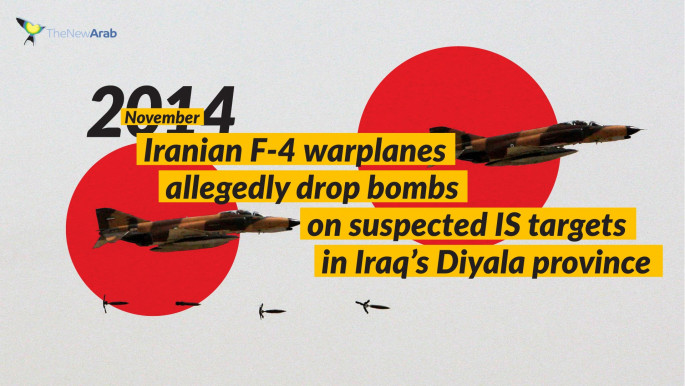 |
|
Iran fought IS in Iraq and Syria primarily using its Shia militia proxies. The commander of Iran's Islamic Revolutionary Guards Corps' [IRGC] Quds Force Major General Qasem Soleimani was frequently photographed on front line positions coordinating attacks using Iran's proxy fighters in both Iraq and Syria.
Iran went to war with IS in Iraq shortly after the group's June 2014 advances. It sent tanks to the Iraqi border and redeployed Iraqi Shia fighters which it commanded in Syria to Iraq to help defend Baghdad, which IS at that time was advancing towards.
The IRGC also gave Baghdad its small fleet of Russian-built Su-25 Frogfoot ground attack planes which, ironically, Iran originally acquired from Iraq when Saddam Hussein sent a large part of his air force to Iran to evade destruction during the 1991 Persian Gulf War.
In November 2014 Iranian warplanes allegedly flew into Iraqi airspace and dropped bombs on IS suspected IS targets in Iraq's Diyala province.
Tehran also provided arms to the Kurdish Peshmerga in August 2014 when IS attacked Iraqi Kurdistan.
In Syria, Iran has, like Russia, focused primarily on helping the regime crush other opponents and did not contribute as much to the fight against IS there.
Iran's Lebanese proxy, Hizballah fought IS on the Lebanon border. However, in August 2017, it infamously made a deal that allowed those fighters passage to eastern Syria in air-conditioned buses.
In June 2017 and October 2018 Iran fired long-range ballistic missiles at Deir az-Zour in retaliation to two IS separate terrorist attacks on its soil.
Paul Iddon is a freelance journalist based in Erbil, Iraqi Kurdistan, who writes about Middle East affairs.
Follow him on Twitter: @pauliddon




 Follow the Middle East's top stories in English at The New Arab on Google News
Follow the Middle East's top stories in English at The New Arab on Google News


